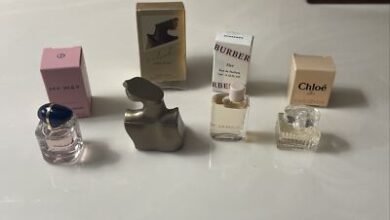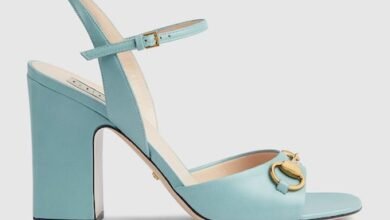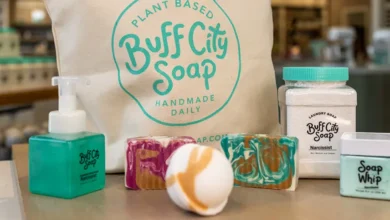Introduction: What Is Makeup Really About?
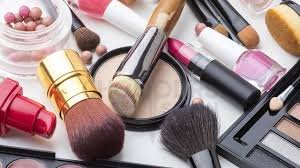
M a k e u p isn’t just about concealing flaws or following trends—it’s an art form, a confidence booster, and for many, a daily ritual that offers a touch of creativity in a routine world. From ancient Egyptian kohl to today’s glossy highlighters, M a k e u p has evolved immensely, but its purpose remains largely the same: self-expression and enhancement.
Some people wear makeup every day; others only for special occasions. Regardless of frequency, makeup holds a different meaning for everyone. For some, it’s a form of empowerment; for others, it’s simply fun. But one thing is certain—makeup has the power to transform not just appearances, but also moods and mindsets.
Whether you’re a beginner just starting with eyeliner or a pro who could contour blindfolded, understanding the basics and beyond of makeup is key. Let’s dive deep into everything makeup—from tools and techniques to trends and timeless tips.
The History of Makeup: A Journey Through Time
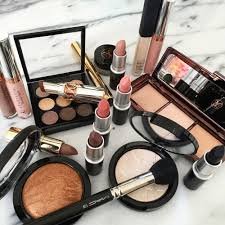
Makeup isn’t a modern invention—it dates back thousands of years. Ancient Egyptians, for instance, were known for their elaborate eye makeup made with kohl and malachite. It wasn’t just for beauty; it had spiritual and medicinal purposes, too. Cleopatra’s iconic look? Total makeup inspiration even today.
Moving into the Middle Ages and Renaissance, makeup took on different meanings. Pale skin was a sign of nobility, so people used lead-based products (yikes!) to lighten their complexions. By the Victorian era, makeup was more taboo, associated with actresses and the “unrefined.” Women resorted to pinching their cheeks or biting their lips to look rosy without being obvious.
In the 20th century, everything changed. Hollywood glamorized makeup, and brands like Max Factor and Maybelline brought it to the masses. The post-war boom saw red lips as a symbol of femininity, and by the 80s, bold makeup became a way to rebel and express. Today, the makeup industry is worth billions, with products and styles for every personality and skin type.
The Must-Have Makeup Products for Every Kit
Let’s face it—walking into a makeup store can feel overwhelming. There are a million products, shades, and brands to choose from. But you don’t need every single item on the shelf. A solid makeup kit includes a few versatile essentials that work for everyday wear and can be built upon as your skills grow.
1. Primer: Think of primer as your base coat—it smooths out your skin, helps makeup last longer, and can even blur pores or fine lines depending on the formula.
2. Foundation & Concealer: These products even out your skin tone and cover blemishes. Choosing the right shade and formula (matte, dewy, full coverage, sheer) depends on your skin type and desired finish.
3. Eyebrow Pencil or Gel: Well-defined brows frame your face and can completely change your look. Whether you go for a natural or bold brow is up to you.
4. Mascara & Eyeliner: Mascara opens up the eyes and adds definition, while eyeliner can be subtle or dramatic depending on your vibe.
5. Blush & Highlighter: A pop of color on the cheeks gives life to the face, and highlighter adds glow to your cheekbones, brow bone, and nose.
6. Lipstick or Gloss: The final touch. Whether it’s a nude shade for everyday or a bold red for special occasions, lips are where personality shines.
Everyday Makeup Routine: Keeping It Simple but Stunning
You don’t need an hour-long glam session to look fresh and put-together. A good five to ten-minute routine can go a long way, especially when you’re on the go.
Step 1: Clean & Moisturize
Always start with a clean, moisturized face. Your skincare sets the foundation—literally—for everything else. Even the best makeup won’t sit well on dry or oily skin if it’s not prepped right.
Step 2: Apply Primer & Foundation
A small amount of primer followed by a lightweight foundation or BB cream gives a natural base. If you have clear skin, you can even skip foundation and just use a little concealer where needed.
Step 3: Touch Up with Concealer
Use concealer under the eyes, around the nose, and on any blemishes. Blend it well so it looks like skin and not a layer on top of it.
Step 4: Brows, Eyes & Cheeks
Fill in brows lightly for definition. A quick swipe of mascara and a dab of blush bring the face to life. If you have an extra minute, a bit of bronzer adds warmth.
Step 5: Lips & Setting Spray
Finish with a tinted lip balm or gloss, and mist your face with setting spray to lock everything in. Boom—done in minutes!
Advanced Makeup Techniques: Leveling Up Your Game
Once you’re comfortable with the basics, it’s time to step up your game. Advanced techniques don’t necessarily mean complicated—they just require a bit of practice and patience.
Contouring and Highlighting
This is all about enhancing your bone structure. Use a cool-toned contour shade in the hollows of your cheeks and along the jawline, and a highlighter on the high points of your face. The trick is blending—use a damp sponge or brush to avoid harsh lines.
Cut Crease & Smokey Eye
The eyes are the ultimate canvas. A cut crease involves creating a sharp contrast in the eyelid crease to make eyes look bigger. A smokey eye, on the other hand, is all about smudging and layering eyeshadows for a sultry, dramatic look.
False Lashes and Winged Liner
These two can be game-changers but also frustrating at first. Practice is key. Start with half lashes or magnetic ones if you’re a beginner. For liner, draw small dashes along the lash line and connect them—it’s easier than one big swipe.
Makeup for Different Occasions: Day vs. Night
Makeup isn’t one-size-fits-all. What works for a brunch date might not cut it for a formal dinner. Understanding how to tailor your look to the occasion can make all the difference.
Daytime Looks
Keep it light and fresh. Think natural foundation, peachy blush, brown mascara, and maybe a little shimmer on the eyelids. You want to look awake and glowy without going overboard.
Evening or Glam Looks
This is your time to shine—literally. Go for bold lips, dramatic eyes, fuller lashes, and a more sculpted face. Use setting powder and spray generously to ensure longevity through the night.
Work or Professional Settings
Neutral tones are your best friend here. Keep it polished and minimal. Avoid glitter and opt for matte shades, soft liners, and nude or soft pink lips.
Makeup and Skin Health: What to Watch Out For
Makeup is fun, but your skin’s health should always come first. Using expired products or not removing makeup properly can cause breakouts, irritation, or worse.
Always Remove Your Makeup
Sleeping in makeup clogs pores and invites bacteria. Use a gentle cleanser or micellar water to take everything off at the end of the day—even if you’re dead tired.
Watch for Allergies and Irritation
Not all makeup works for every skin type. If you notice redness, itching, or small bumps, check the ingredients list. Fragrance, alcohol, and certain preservatives can cause reactions.
Sanitize Your Tools
Brushes and sponges harbor bacteria. Clean them weekly with soap or a brush cleanser to prevent skin issues. It also makes your makeup apply more smoothly!
The Future of Makeup: Trends and Innovations
Makeup is constantly evolving, not just in style but also in technology and inclusivity. Brands are pushing for more shade ranges, eco-friendly packaging, and skincare-infused makeup.
Clean Beauty Movement
People are more aware of what goes on their skin, so clean, cruelty-free, and vegan products are gaining traction. Think minimal ingredients, no parabens, and recyclable packaging.
Hybrid Products
We’re seeing products that do double or triple duty—like a foundation that hydrates and protects from the sun or lipsticks with nourishing oils. Less clutter, more benefits.
AI and Customization
Imagine getting a foundation that’s made just for your skin tone through an app. That’s already happening, and it’s only going to grow.
Conclusion: Makeup as an Expression, Not a Mask
At the end of the day, makeup is personal. It’s not about hiding who you are—it’s about showcasing your features, creativity, and individuality. Whether you wear it every day or once a year, the most important thing is that it makes you feel good.
Don’t be afraid to experiment, mess up, and learn. There’s no single right way to do makeup—just the way that feels right to you. So go ahead, play with colors, try that daring eyeliner, and rock that red lip. Your face is your canvas—paint it how you like.
